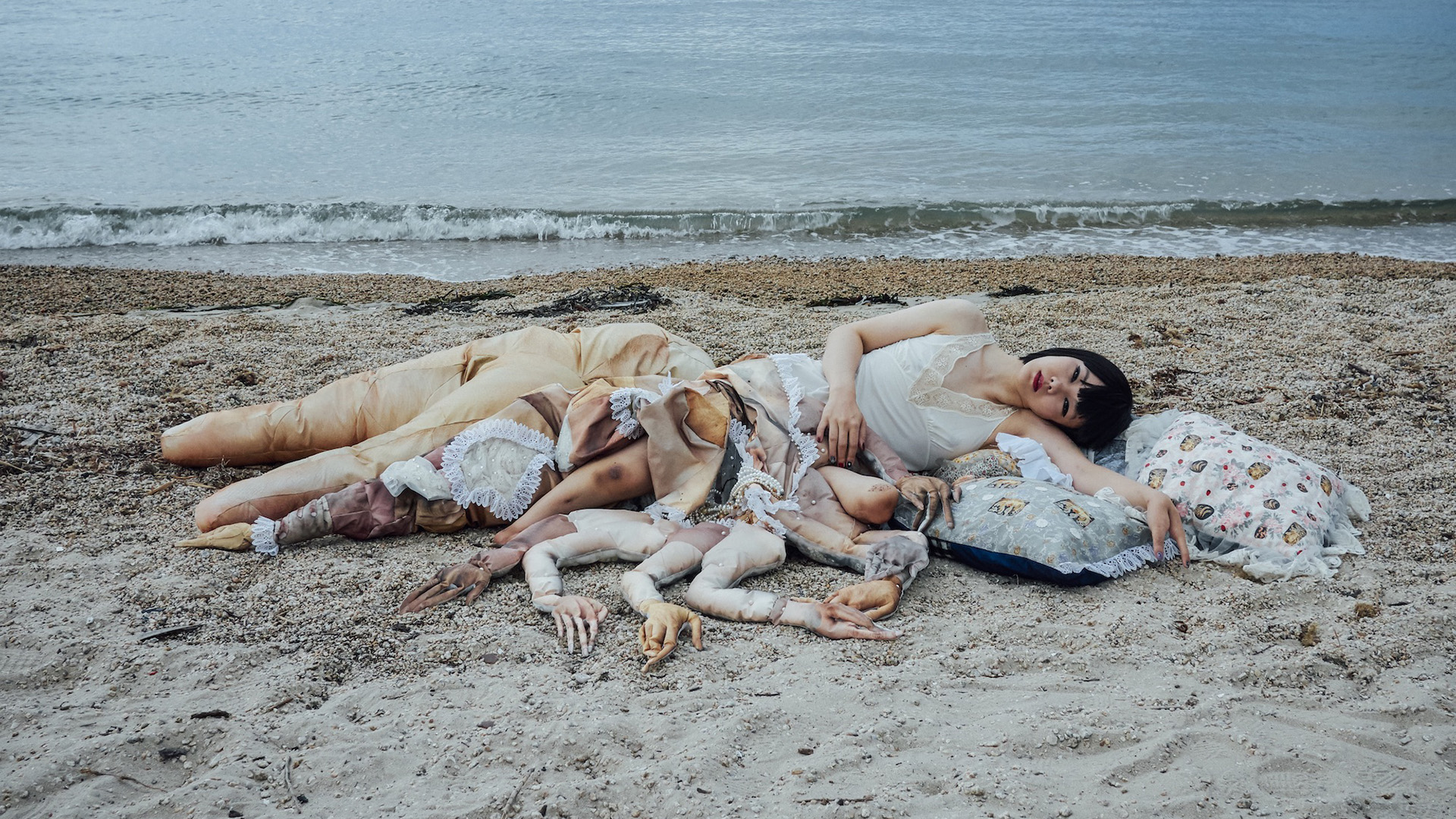In her photographs, the Japanese artist Mari Katayama appears surrounded by her creations, objects made of fabric that act as extensions of her amputated or atypical limbs. Born with a serious handicap resulting in a cleft palm and stunted leg growth, from an early age Mari Katayama coped with her condition through creativity. The Sage Gallery features the artist’s work in its booth at Paris Photo.

You’re getting blind.
Don’t miss the best of visual arts. Subscribe for $9 per month or $108 $90 per year.
Already suscribed ?



